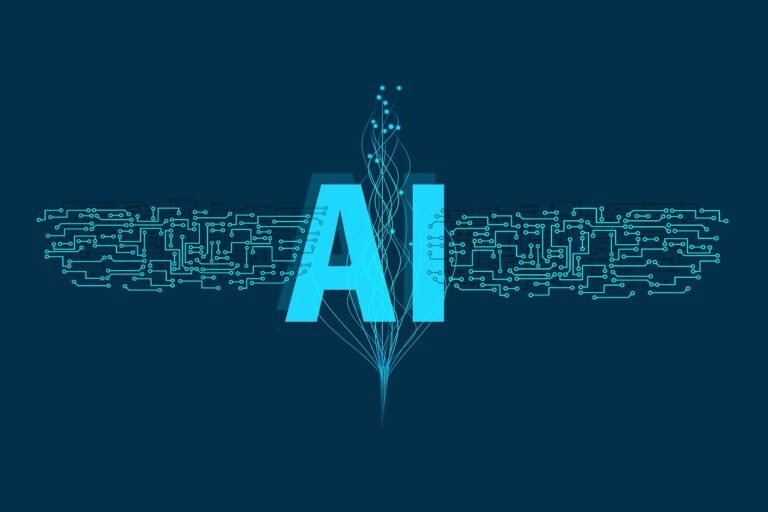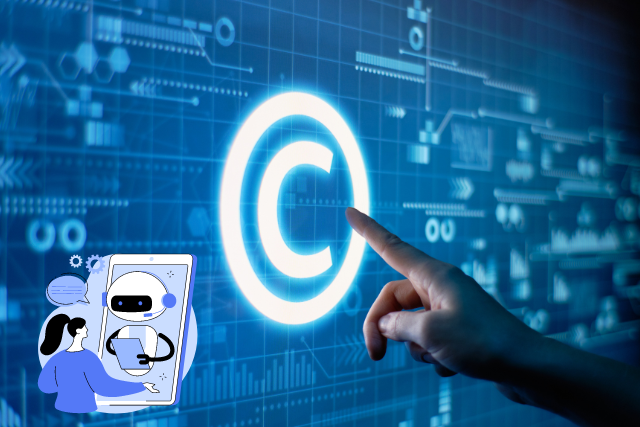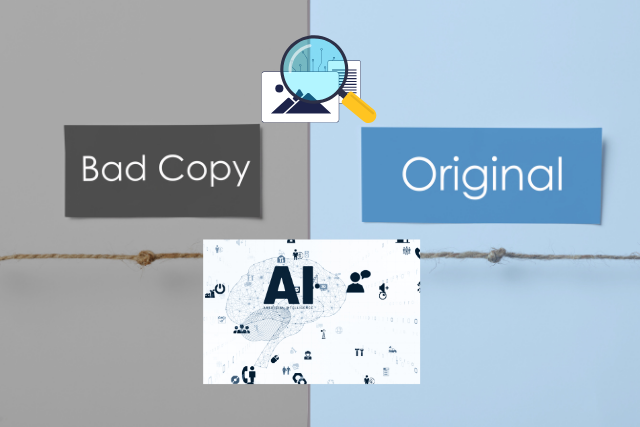AI has transformed numerous industries, and content creation is no exception. While AI-generated content offers unprecedented convenience and efficiency, it also poses significant challenges to digital integrity.
AI content detectors have emerged as essential tools to ensure the authenticity and originality of online material. This blog post explores how AI content detectors revolutionise digital integrity, key features, and use cases.
The Rise of AI-Generated Content
Artificial intelligence has enabled the creation of sophisticated text generation models like GPT-3 and GPT-4. These models can produce human-like text, making it difficult to distinguish between content written by humans and machines.
The proliferation of AI-generated content has raised concerns about plagiarism, misinformation, and the erosion of trust in digital information.
The Need for AI Content Detectors
The ability to detect AI-generated content is crucial for maintaining digital integrity. AI content detectors help identify machine-generated text, ensuring that content is genuinely human-written and original.
These tools are indispensable for educators, publishers, businesses, and content creators who need to uphold the authenticity of their work.
Key Features of AI Content Detectors
AI content detectors offer a range of features designed to identify and manage AI-generated content. Here are some of the key functionalities:
AI Detection
AI content detectors use advanced algorithms to analyze text and identify patterns indicative of AI generation. These tools can detect content produced by popular AI models, ensuring the material is genuinely human-written.
Plagiarism Detection
Many AI content detectors also offer plagiarism detection features. By comparing text against a vast database of existing content, these tools can identify copied material and ensure originality.
Real-Time Analysis
AI content detectors provide real-time analysis, allowing users to verify content authenticity on the go. This feature is handy for writers and publishers who need immediate feedback.
Detailed Reports
Comprehensive reports generated by AI content detectors highlight potential issues and provide actionable insights. These reports help users understand and address any problems with their content.
Integration Capabilities
AI content detectors can be integrated with various platforms, enhancing their usability across different applications. This feature ensures seamless content verification in diverse contexts.
Use Cases of AI Content Detectors
Various industries and applications use AI content detectors to ensure digital integrity. Here are some everyday use cases:
Education
In academic settings, AI content detectors verify the originality of student submissions and research papers. Educators rely on these tools to maintain academic integrity and prevent plagiarism.
Publishing
Publishers use AI content detectors to verify the authenticity of manuscripts and articles before publication. These tools help ensure that published content is original and free from AI-generated text.
Business
Businesses use AI content detectors to protect their brand by ensuring that marketing and promotional materials are original. These tools help maintain trust and credibility with customers.
Content Creation
Writers and bloggers use AI content detectors to ensure the originality of their work. These tools help content creators maintain authenticity and avoid potential penalties for AI-generated content.
Conclusion
AI content detectors are revolutionizing digital integrity by providing robust solutions for verifying content authenticity. As AI-generated content becomes more prevalent, these tools are essential for maintaining trust and credibility in digital information.
AI content detectors can help educators, publishers, businesses, and content creators ensure the originality and authenticity of their work, protecting their brand and upholding digital integrity.







